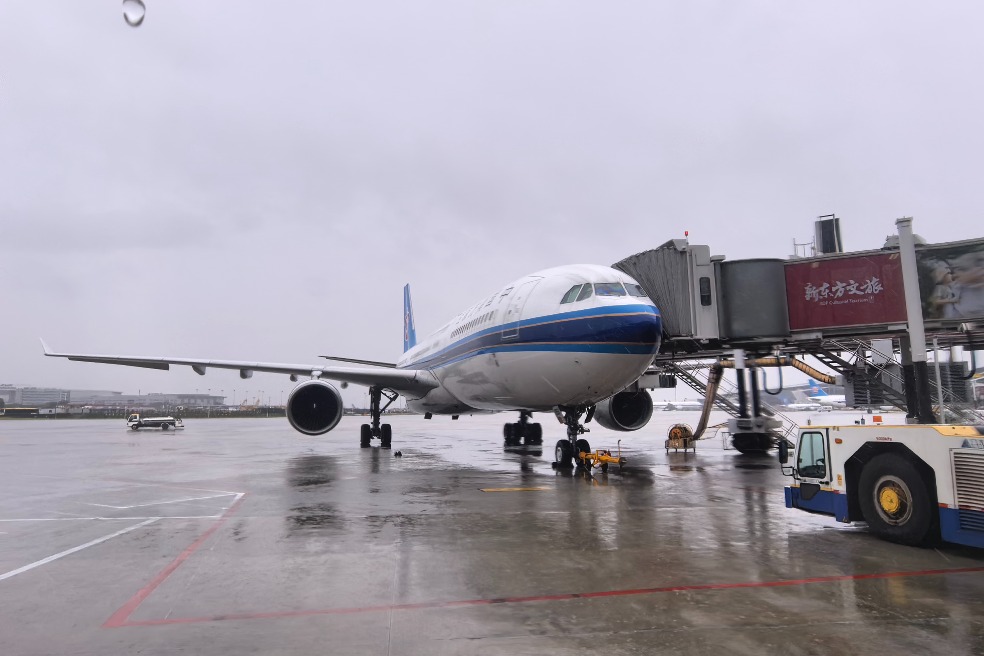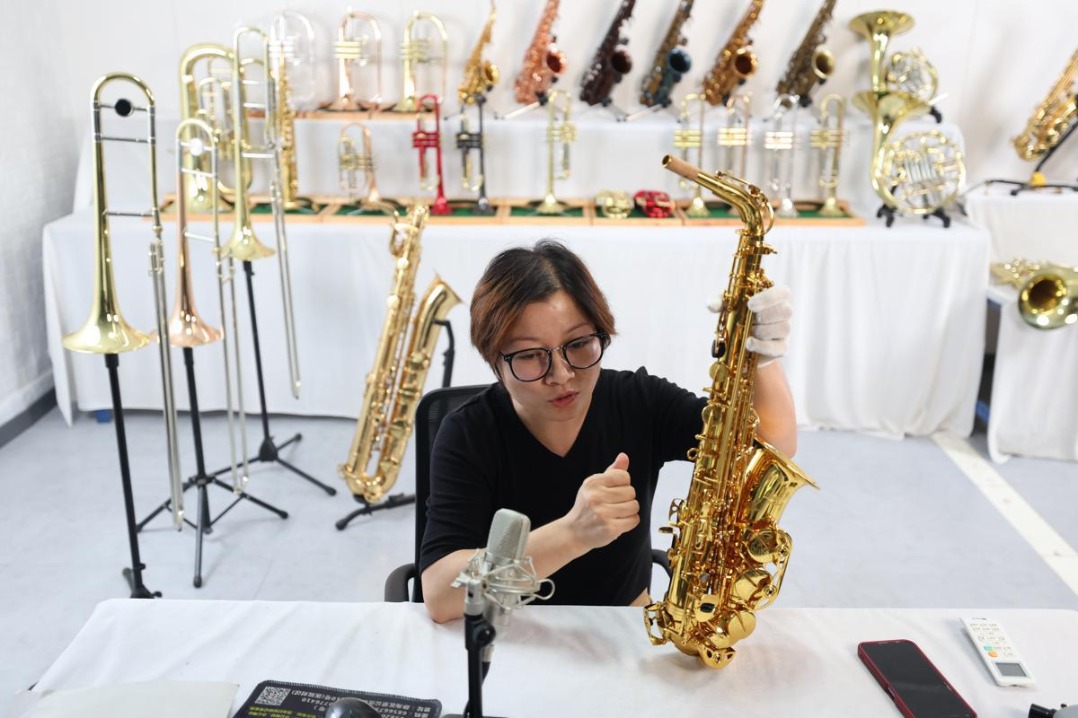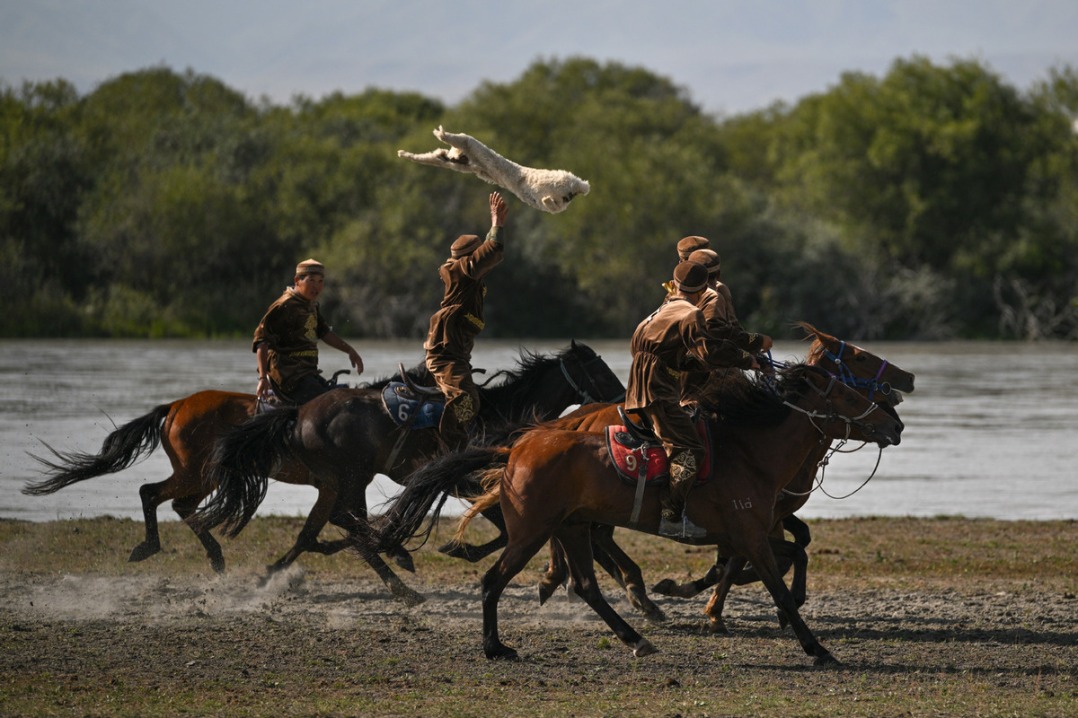Seeing beyond natural wonders

Many see Qinghai as a land of natural wonders — Sanjiangyuan National Park, the vastness of Qinghai Lake, snow leopards in the Qilian Mountains, Chaka Salt Lake or "Mirror of the Sky", and endless rapeseed fields. After a road trip to the province seven years ago, that was also my impression.
But a recent week of interviews in eastern Qinghai's Hehuang region revealed another vibrant cultural scene — Tibetan carpets going global, innovative Regong Thangkas, Pan embroidery's timeless romantic appeal, and villagers preserving traditional architecture.
In Jianba'ang village, Jainca county of the Huangnan Tibetan autonomous prefecture, a young Tibetan couple lives in a 300-year-old courtyard with their four daughters. Many locals are restoring traditional Tibetan homes. Other ancient skills are being kept alive. Some villagers still use traditional techniques to make the five-color "sacred arrow", a Tibetan implement with cultural, historical and religious origins.
Bao'an town in Tongren, a former military fortress, retains barracks used in the Ming (1368-1644) and Qing (1644-1911) dynasties. The descendants of the Han people who were stationed there have been striving to preserve and restore the traditional courtyard houses in the Central Plains style. In the scorching summer, stepping into the dwellings feels extremely cool, making a person like me from the Central Plains feel envious.
In the Bao'an Ancient Town Heritage Inheritance Exhibition Center, apart from the dragon dance props of Han ethnic soldiers, farming and wine-making tools, an antique organ and a violin are particularly eye-catching.
The staff explained they were donated by local villagers, a strong indication that this region had a prosperous economic and cultural life and frequent exchanges with the outside world.
Its rich and diverse cultural charm is the best illustration of the multi-ethnic integration and Qinghai's harmonious, stable and prosperous development.
During my time in Qinghai, the 19th FIRST International Film Festival was being held in Xining. On one side, there was the inheritance of traditional intangible cultural heritage of multiple ethnic groups, and on the other side, modern film was shining brightly.
At the airport in Xining, I met celebrities from cultural and artistic circles who attended the film festival. I also saw many tourists lingering in Qinghai's cultural and creative stores, and browsing books on the province's history and culture in bookstores.
For me, all this makes the future of spreading Qinghai's culture beyond its borders and overseas even brighter.





































